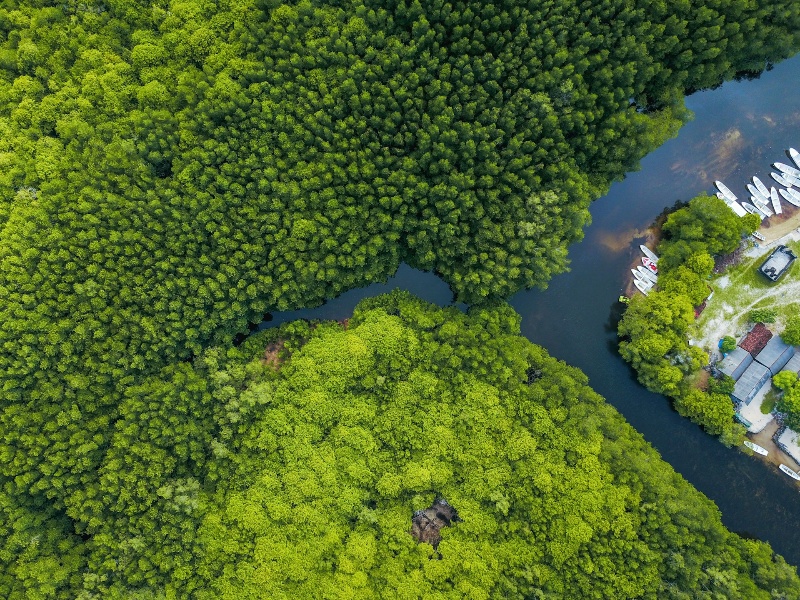Using Machine Learning and Earth Observation Data to Identify Aquaculture Sites with High Potential for Production Intensification and Mangrove Restoration in Southeast Asia

PI and co-PIs: Jack Kittinger (Arizona State University); Dane Klinger (Conservation International); Emily Corwin (Conservation International); Issa Tingzon (Thinking Machines - Philippines); Renavell Flores (Thinking Machines - Philippines); Joshua Cortez (Thinking Machines - Philippines); Pia Faustino (Thinking Machines - Philippines)
Funding amount: $145,000
Project overview: Shrimp farming has led to significant destruction of mangroves, which reduces the resilience of coastal communities to climate-linked coastal inundation. This project seeks to mitigate these effects by expanding the uptake of the Climate Smart Shrimp (CSS) model for sustainable shrimp farming. Machine learning and Earth observation techniques make it possible to scalably identify farms across Indonesia and the Philippines that are suitable for conversion to CSS. Greater uptake of this mode of production will help protect coastal infrastructure and communities from sea level rise and storms, as well as contributing to regional biodiversity and carbon sequestration, and will positively impact agricultural productivity and the livelihoods of shrimp farmers. The project is thus expected to enhance both climate change mitigation and adaptation efforts, while also contributing further co-benefits to local communities.
Full abstract:
Click to expand
Mangroves are critical for coastal adaptation to climate change, providing protection from flooding and storm impacts, while also sequestering carbon. Yet, shrimp aquaculture has destroyed as much as 38% (Trent, et al. 2004) of mangroves globally, resulting in significant biodiversity loss and climate vulnerability. While mangrove loss from aquaculture has slowed in some regions, shrimp ponds continue to produce wastewater that degrades water quality, while the ecosystem services of intact mangrove forests remain lost. Efforts to restore these ecosystems require immediate action to address imminent climate risks. Conservation International (CI) has piloted Climate Smart Shrimp (CSS), a novel approach that helps shrimp farms to intensify shrimp production on a portion of their ponds in exchange for restoring mangroves on the remainder of their property. The CSS approach could be scaled throughout Asia, but it is too time-consuming and resource-intensive to identify potential farms across hundreds of thousands of hectares of shrimp ponds in Southeast Asia (Boyd, 2018). We propose using machine learning and earth observation data to identify and classify aquaculture farms in Indonesia and the Philippines that use extensive (as opposed to intensive) production methods — a critical feature of farms best suited for the CSS approach. Combining this information with open data on sea level rise, flood risk, infrastructure access, and historical mangrove cover will identify the sites that would deliver the greatest potential benefits from mangrove restoration. Identification of optimal sites will accelerate CI’s ability to engage farmers, industry, and communities, and attract investment to scale CSS. This will provide climate resilience and adaptation benefits by restoring mangroves, protecting coastlines, and improving livelihoods for vulnerable fishing communities hardest hit by climate impacts.
Agriculture & Food Carbon Capture & Sequestration Oceans & Marine Systems Ecosystems & Biodiversity Climate Finance & Economics Computer Vision & Remote Sensing